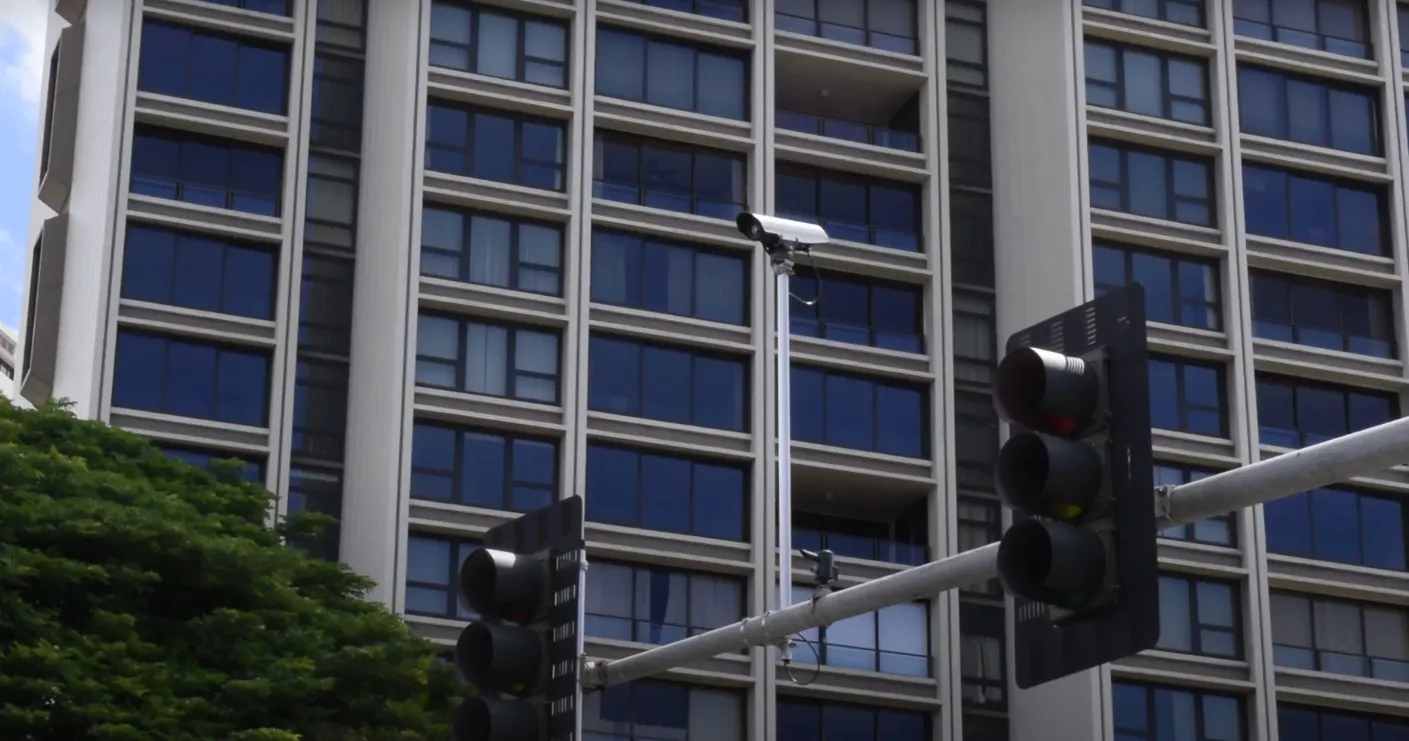Minnesota-based Smart Signal Technologies has installed its new iMonitor software on 52 intersections for the Minnesota Department of Transportation (MnDOT) to improve traffic signal performance along the Twin Cities’ congested signalised arterial corridors. Utilising already-installed controllers and detectors, iMonitor enables agencies to gather high resolution real time information to measure and monitor signal and corridor performance and calculate accurate travel times and queue lengths in real time
July 31, 2013
Read time: 1 min
Minnesota-based 5243 Smart Signal Technologies has installed its new iMonitor software on 52 intersections for the 2103 Minnesota Department of Transportation (MnDOT) to improve traffic signal performance along the Twin Cities’ congested signalised arterial corridors.
Utilising already-installed controllers and detectors, iMonitor enables agencies to gather high resolution real time information to measure and monitor signal and corridor performance and calculate accurate travel times and queue lengths in real time.
According to MnDOT Metro District traffic engineer Steve Misgen, the implementation of Smart Signal in the Twin Cities will result in benefits for both the agency and the motoring public. “Not only will the driving experience improve on a number of highways because we’ll have better data with which to make signal timing decisions, but the cost of doing so will be driven down by using existing controllers and detectors.”
Utilising already-installed controllers and detectors, iMonitor enables agencies to gather high resolution real time information to measure and monitor signal and corridor performance and calculate accurate travel times and queue lengths in real time.
According to MnDOT Metro District traffic engineer Steve Misgen, the implementation of Smart Signal in the Twin Cities will result in benefits for both the agency and the motoring public. “Not only will the driving experience improve on a number of highways because we’ll have better data with which to make signal timing decisions, but the cost of doing so will be driven down by using existing controllers and detectors.”








